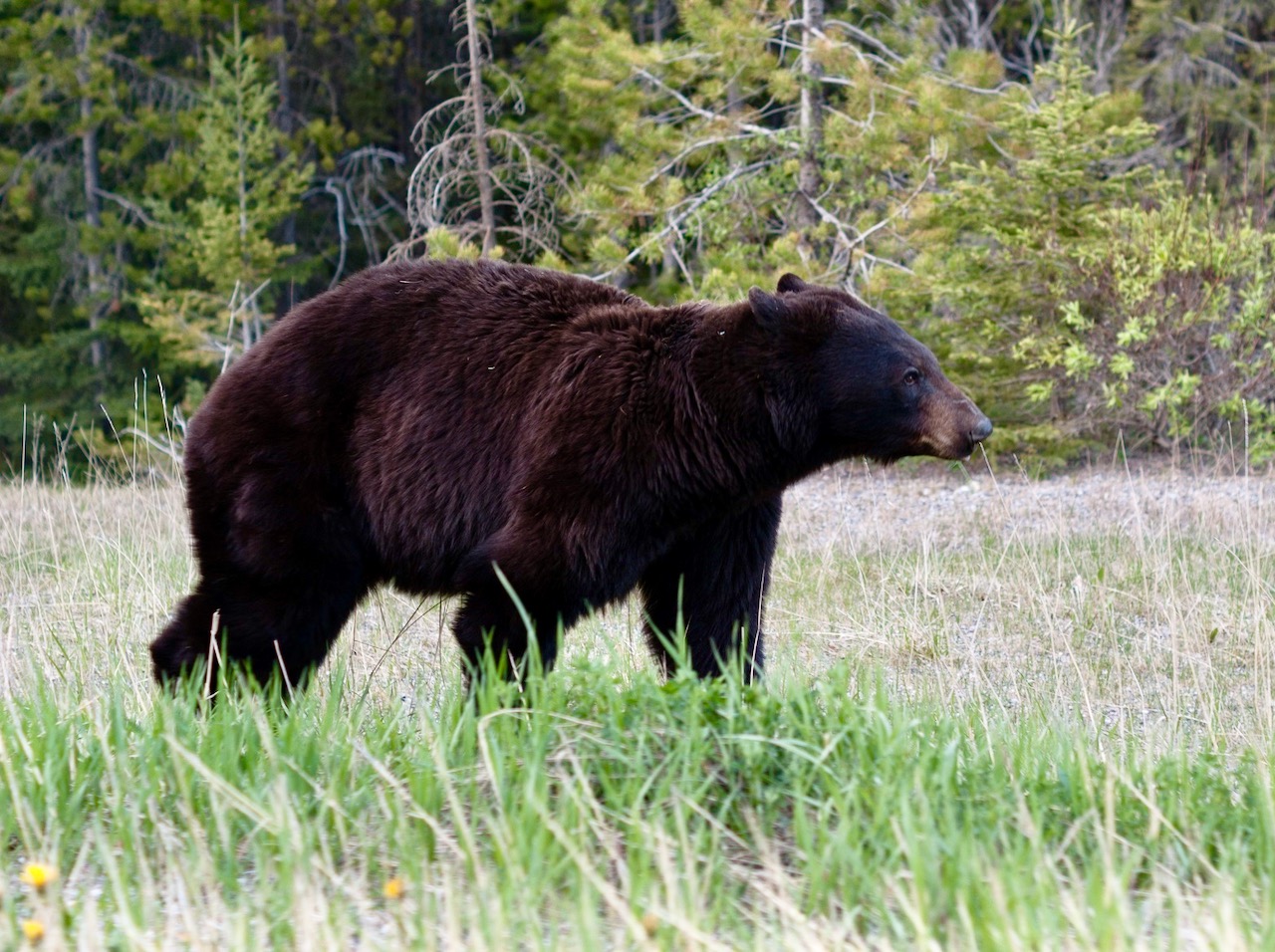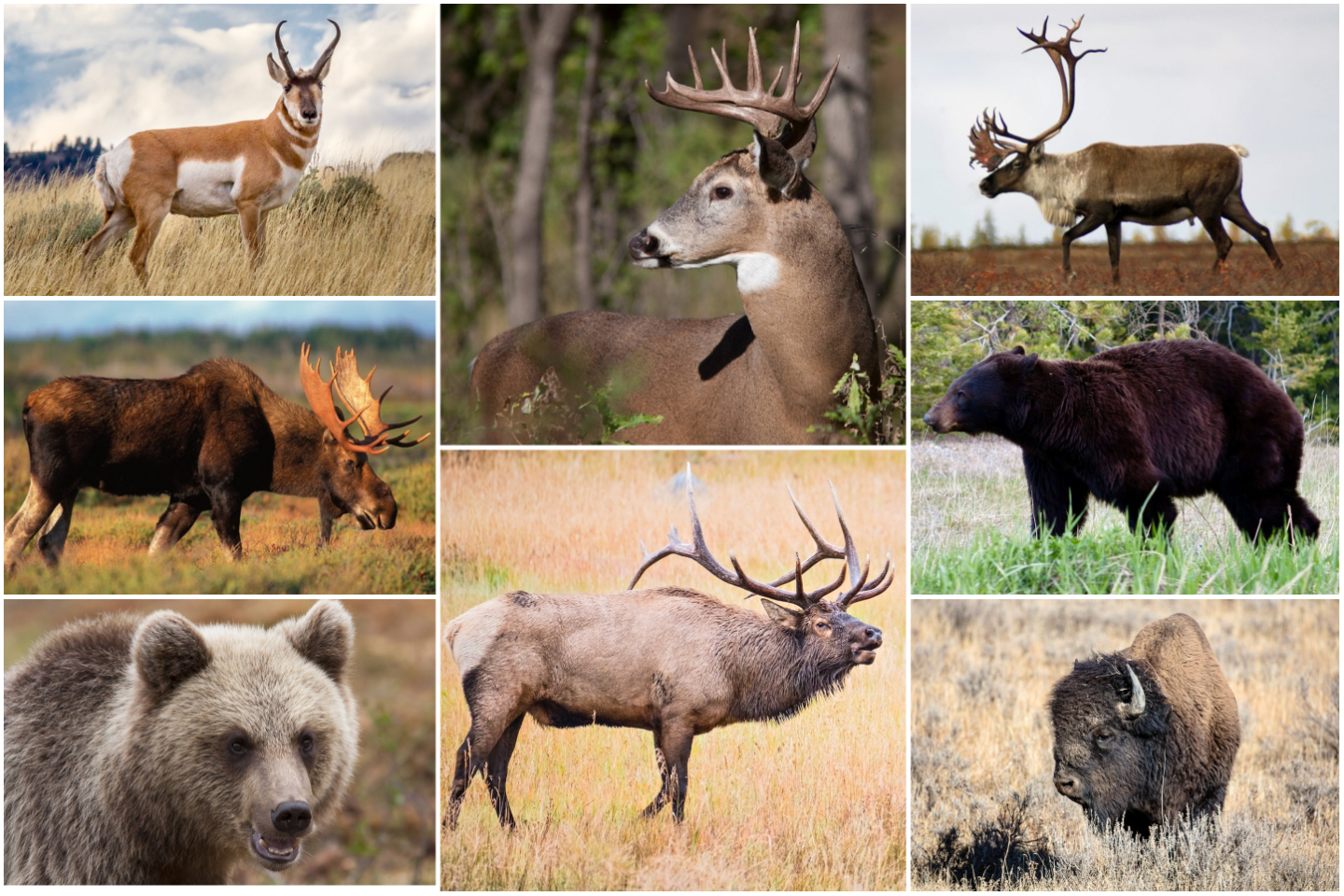THE HUNTS AHEAD
Our exclusive annual province-by-province breakdown of Canada’s hottest big-game hunting spots
Advertisement

MANITOBA
Managers say Manitoba’s past winter was “significant” in terms of both cold and snow accumulation, reducing access to native forage for deer and, to a lesser extent, elk. As a result, complaints from landowners about the depredation of stored hay were up right across the province. Unfortunately, there is likely to have been above-average winter mortality, so some deer hunters may be disappointed this fall. Meanwhile, the first two cases of CWD in the province’s deer were confirmed last December, triggering strong management actions to prevent the spread of this insidious, deadly disease.
BLACK BEARS
Advertisement
Manitoba boasts plenty of big, colourful black bears, with numbers stable or increasing pretty much everywhere. Record-book boars are typically taken each year, and there is a high proportion of colour phases other than black. And with the reduced harvest by non-resident hunters during the pandemic, the coming season looks especially good. The highest bear densities are typically found in the Duck Mountains, Porcupine Hills, Riding Mountain and Interlake area, as well as in the southeast corner of the province.
CARIBOU
Caribou have historically migrated from the N.W.T. into northern Manitoba for the winter. With caribou numbers declining over the past 20 years, however, the timing and location of the migrations have become unpredictable. There will still be a hunting season this year, but there’s no guarantee the animals will arrive.
Advertisement
ELK
The news for Manitoba’s elk hunters is really positive. Populations in the southwest are increasing, while those elsewhere are considered stable. Elk are also expanding their range into new areas, with the emerging herds now being assessed for future hunting opportunities. This elk season look great, and the future looks even better.
MOOSE
Moose numbers have declined throughout much of the province, and some areas have been closed to hunting as a conservation measure. All is not lost, though, as there are still good populations where there’s limited road access. Hunters who venture into those more remote areas can expect a better chance of tagging out.
WHITE-TAILED DEER
A couple of recent mild winters boosted Manitoba’s whitetails numbers, although this past harsh winter likely caused above-average mortality. The news is not all bad, though, because the deer populations were strong, and the winter’s impact was not universally severe across the province. Traditionally, whitetails are most numerous in a wide band across the south, from the Duck Mountains through the Interlake area to the Pembina Valley, then east to the Ontario border. Those areas are likely to be the best bets again for hunting this fall.

